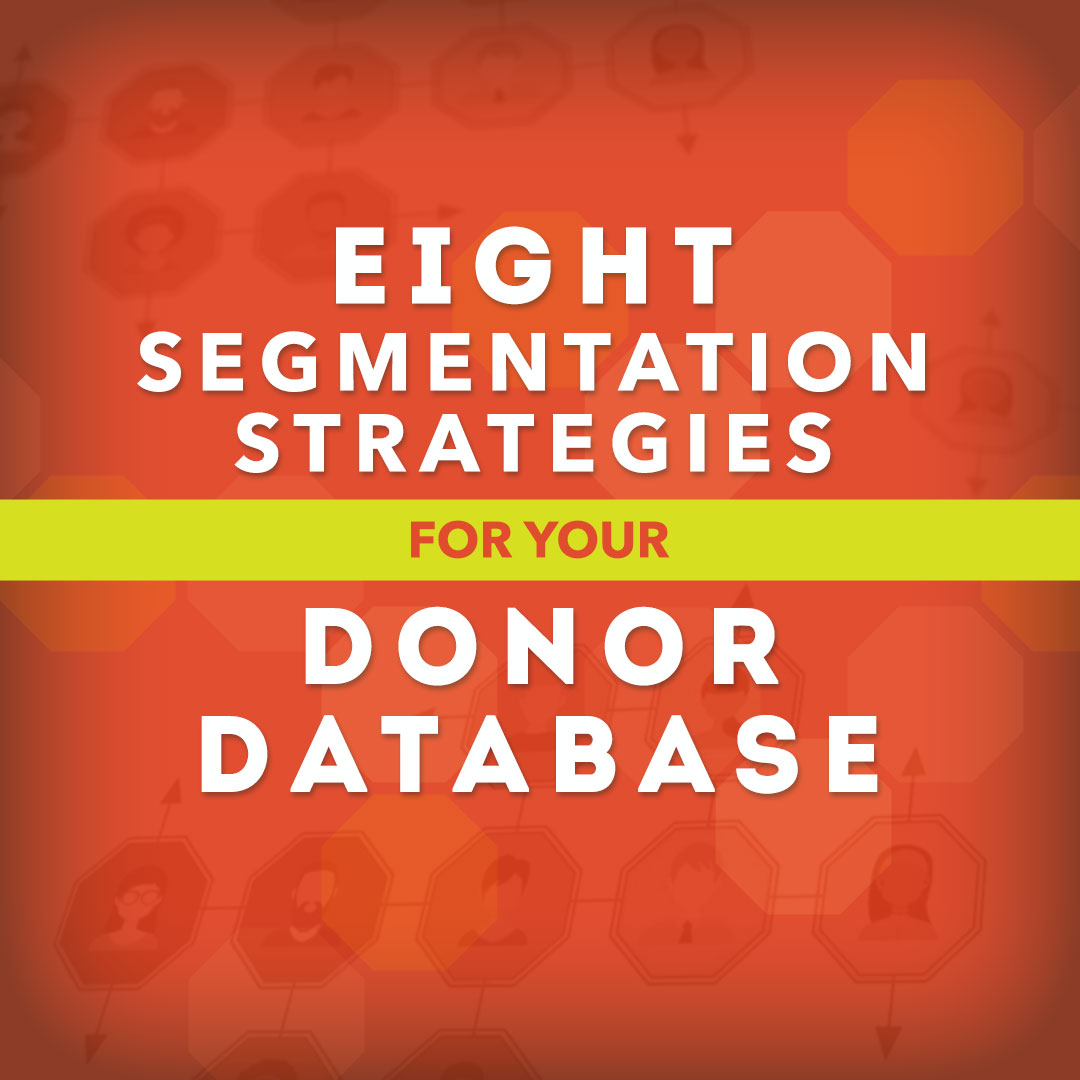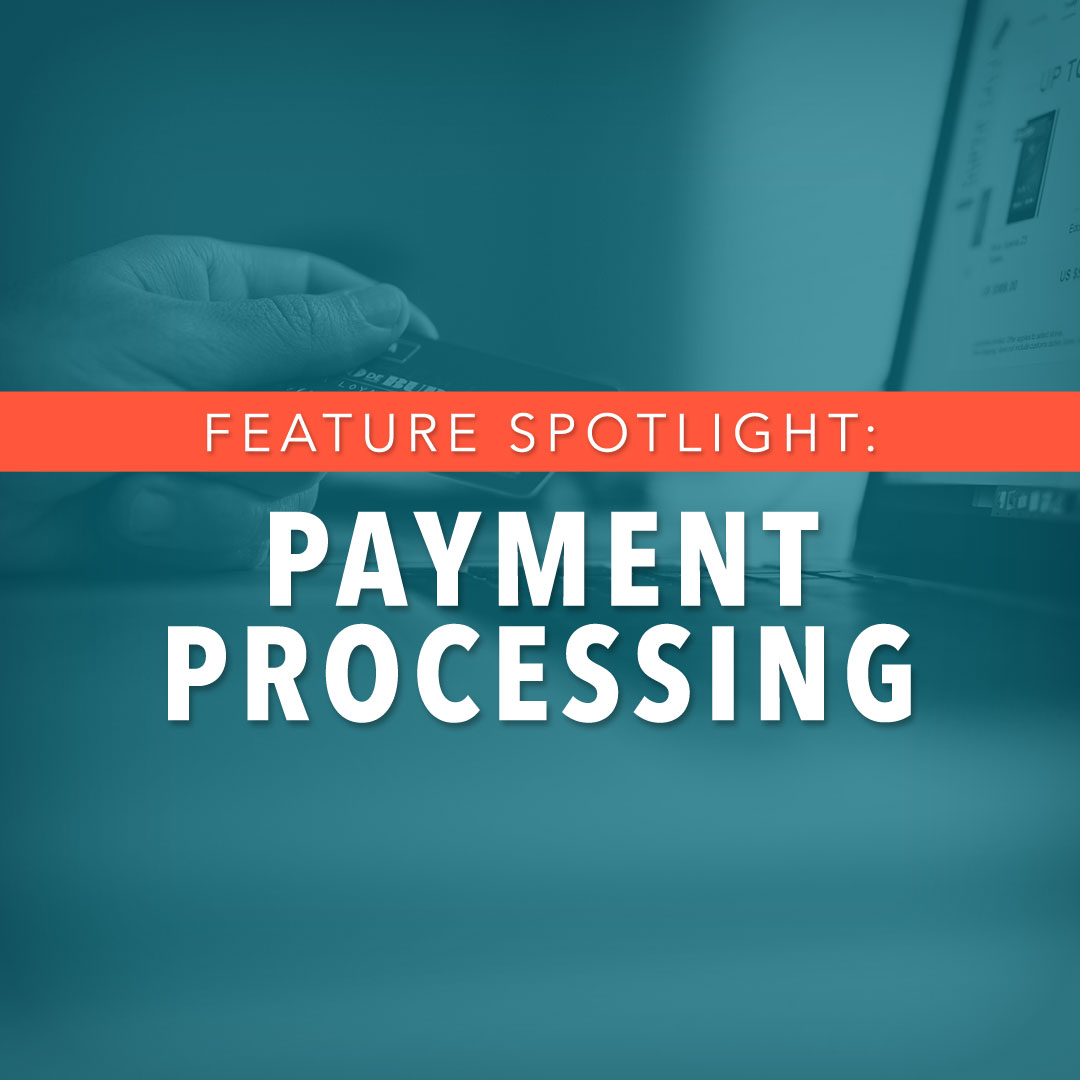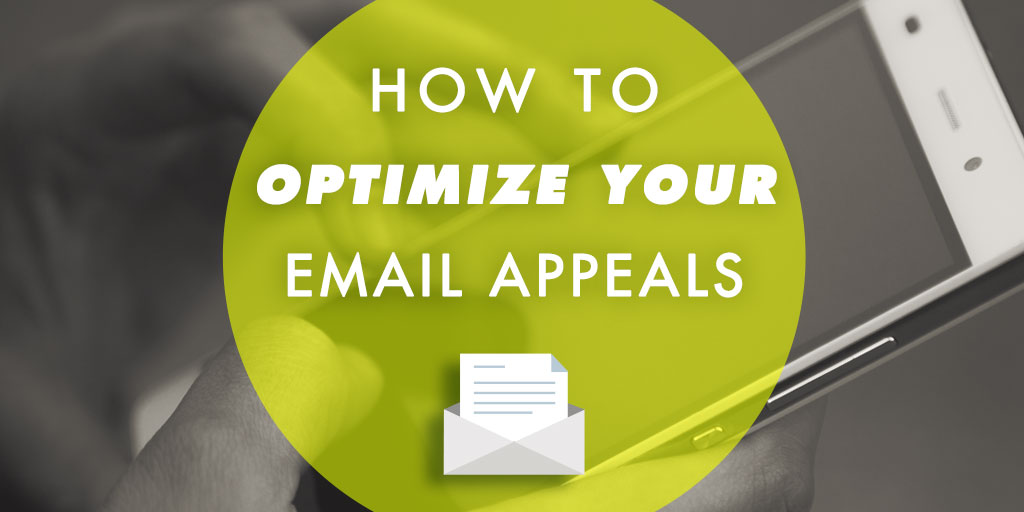Contrary to some popular beliefs, email is STILL a great and effective way to reach people with our message. And it doesn’t appear to be going out of style anytime soon.
So when we do finally press send on an email, it’s our hope and dream that our readers will actually open our email, read it thoroughly and be inspired enough to take action. Right? But our dreams don’t always come true.
If you’re living in a nightmare world right now when it comes to email, it might be time to change things up a little.
The best way to improve your email strategy is to start small and use A/B testing with every change you try to make. When trying to optimize your emails be sure to have a control version (A) to test your optimized one (B) against. That way you can know for sure that your changes were what contributed to your increased or decreased metrics.
Here are a few first steps that you can take to start optimizing your email communications.
- Simplify your design. Rather than making your email look SO designed and formal with tons of photos and designed CTAs and graphics, try to simplify. Test how your readers respond to emails that appear more like an Outlook email. Doing so will make your emails mimic ones that your readers receive all day from co-workers, clients, employees, etc. Appearing as one of those can level the playing field and pique a new interest. Make sure to test this version against a version of your normal email design.
- Test a different sender. Evaluate who all of your emails are coming from right now. It is an executive director? A president? What if your donors wanted to hear from someone else on your staff? Try switching it up and sending your emails from a gift officer or a donor relations specialist. Changing up your communications in this way instantly freshens up your communications for your readers.
Additionally, make sure you avoid using a no reply email as the sender address; this instantly shows that the email is strictly sales or marketing focused. Make it personal! (Of course, make the sender aware that his/her name and address are being used for the email.) If you fear that people might not open based on a lack of brand recognition, you can even put your organization name after the sender name. Example: Penny Hollenback, Donor.com. That way people still have an idea of where the email is coming from. Lastly, include the sender’s signature, name and title at the end of it to give readers a full picture of this new person.
- Beef up your subject lines. Rather than just giving a preview to the content inside, connect your subject line to your call-to-action through your subject line. Are you asking people to give? To volunteer? Use some of that language in your subject line. This helps people understand the reason for the email and what they’ll get from opening it.
You can use this strategy even more in your preview text. If you don’t create your own preview text, it’ll just automatically pull in the first few lines of your email which could include alt image text. No one wants to see that! The preview text is a bright opportunity for you to snag someone’s attention even more, so make sure you take advantage of this opportunity.
You can even personalize your subject line and your preview text. Don’t be scared to use your readers name and pull in other forms of data to make the email personal to each individual reader. In fact, in a recent test, Next After found an open rate increase of 132.2% when they personalized their subject line and preview text.
- Test your email copy lengths. If you typically send REALLY long emails, test your readers’ response rate by sending shorter emails and encouraging people to convert to a more detailed landing page. Whatever you’re used to doing—mix it up and try the opposite. Your people might be tired of see the same old format that you’re used to sending them and switching up your length can be a welcome break for your readers.
Additionally, be aware of how you speak to people in your copy. Are your words stiff and formal? Or are they conversational and welcoming? Think about the emails that you open and pay attention to. Everyone loves warm personalization.
One of the most important parts of changing up your email strategy and testing out something new is to test just one thing at a time. If you make too many different changes in just one email—you’ll never know which one was most effective or which one to credit with increased or decreased metrics. So start small. Test one thing and when it’s clear which element works better for your audience, implement that into your daily strategy and move on to the next item to test.

-1.jpg)







